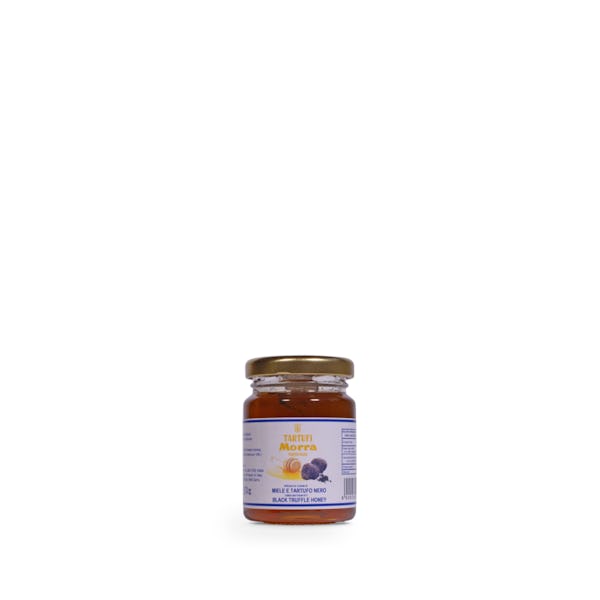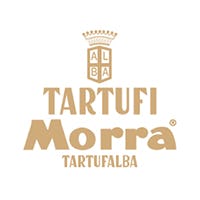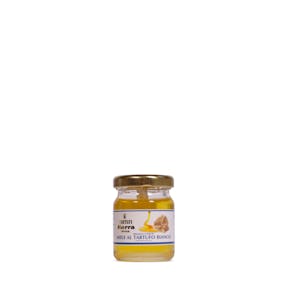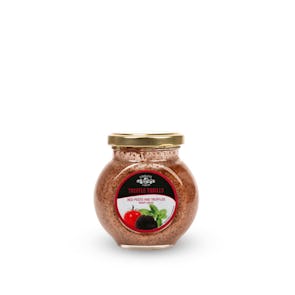
Tasting Notes from the Curator
Settle down with a spoon filled with millefiori honey, whether in the summer or cold seasons next to a fire. The black truffle honey starts with the sweetness and texture of honey and slowly reveals its secret— the tongue-licking, deep, earthy flavor of truffle— leaving a gourmet satisfaction.
Preparation
You can get to know your jar of truffle honey through various recipes, sauces, and marinades or as condiments to your toasts or pastry. Just go with the flow. As an idea, warm yourself up during the cool days with yummy warmed camembert or brie cheese laced with truffle honey as a condiment. You can also apply your honey as a glaze to your chicken breast or duck recipe. If you already have a steak or grilled meat in mind, then a marinade made of truffle honey, whiskey, and walnut oil will surely spoil your palate and satisfy your tummy.
Coveted Truffle Company
As far back as the 1500s, truffle honey was already the desired type of honey in all of Eastern Europe. In 1930, Giacomma Morra established his firm Tartufi Morra in Alba, Italy. What started as a move to bring global awareness to the white truffles of Alba, soon turned into a world-renowned company known for producing the best truffle. Today, this firm continues to manufacture various types of truffle products including the most coveted black truffle honey
Storage Instructions
Keep your honey in a cool location away from direct sunlight and make sure the container is tightly sealed. The ideal temperature for storage is from 13 to 21°C. Some manufacturers will set the expiry date of their jars at two years after the bottling date. However, honey can last decades or even centuries if stored properly. It may change color and become crystalized, but it will stay safe to eat. If your honey does crystallize, just place the open jar in warm water and stir until the crystals dissolve. Store in a cool dry place.



